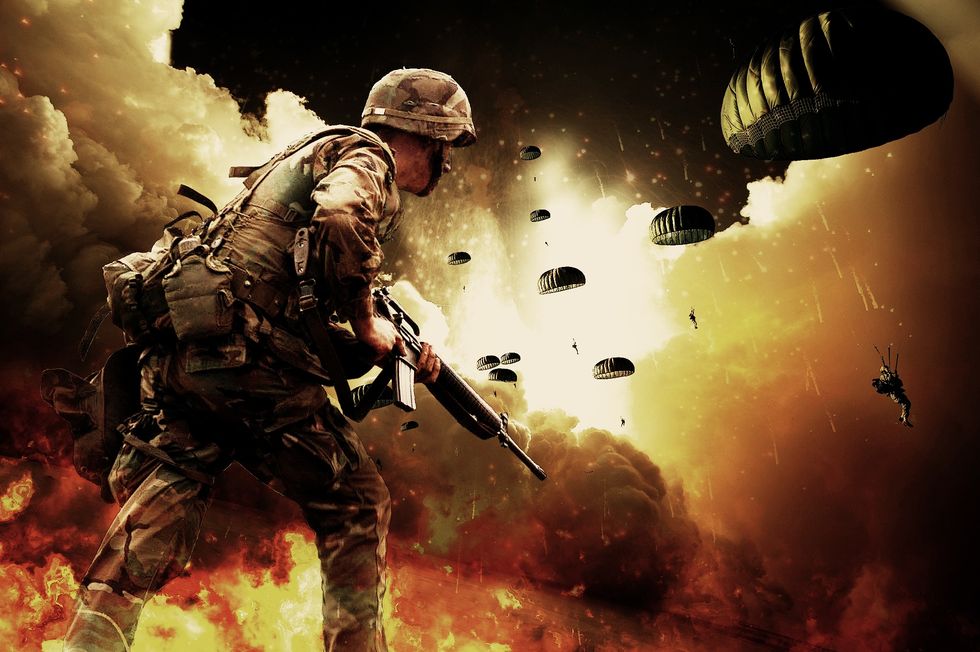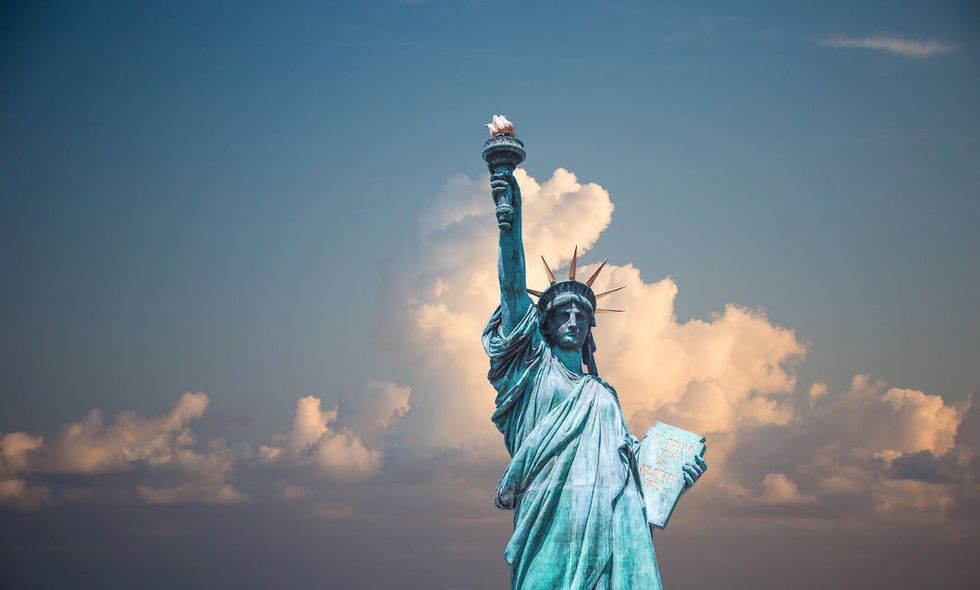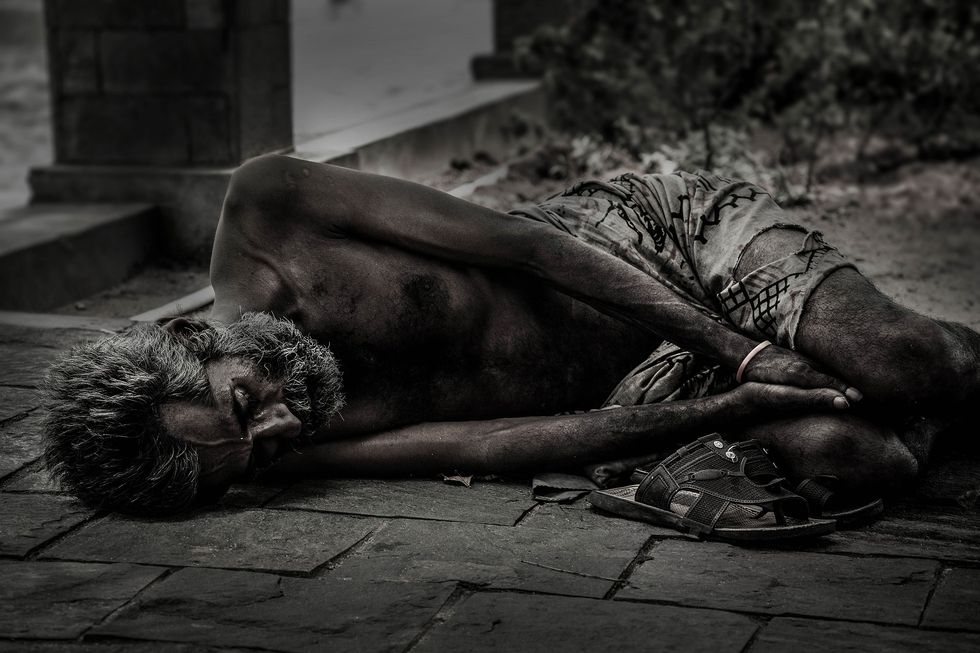Day-to-day people and all other living beings are faced with challenges. As a collective the world is faced with many global issues that the general public is convinced is out of their control. Throughout our world’s history, most global crises stem from a lack of human engagement cross-culturally. Instead of seeing thy neighbor in pain and offering a helpful hand, we turn the other way and continue to build higher physical and metaphysical walls between each other.
All of our definitions of what “other” even means continue to be debated as if these labels somehow hold any true meaning to who we are as individual beings even though they are just words. Words are nothing without the intent you decide to place behind them. Its the emotions that guide the words which guide the actions and create the situations we are all presented with moment-to-moment.

When presented with a do or die, fight or flight, ride or die, situation, we are going to do whatever it takes to stay alive. Something about the fear of dying triggers us all to want to protect our physical lives. We are selfish beings by nature and we need to accept our selfish ways and embrace them for the advancement of a greater civilization.

Monica is a mother, wife, sister, daughter, teacher, and friend combining her experiences and wisdom together in order to create a guide for people trying to completely eliminate fear from their realities. Monica states that everybody has fear; however, the way we experience fear is the difference between leading a life of purpose and joy or a life of disappointment and stagnation.
From the introduction, Monica describes an autumn day where the sun and the leaves are undergoing extraordinary changes. She allows the reader to visualize themselves in that situation and then she prompts them to “use something as insignificant as two pennies to cover your eyes” (Berg 11). This is the equivalence of using fear as a means to stop you from pursuing your dreams.
To have fear is to have knowledge that there is a possibility that something out of your control could potentially happen. It is worrying about unknown events that cause people to stop living their best lives fearlessly.













































